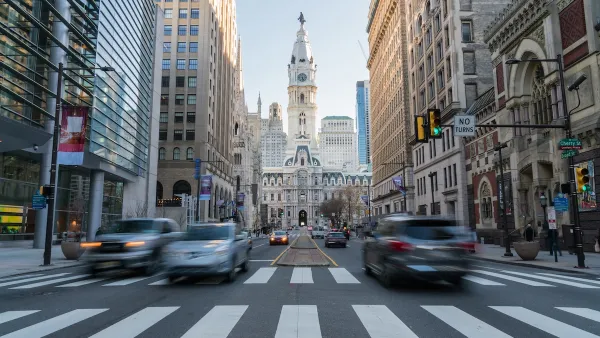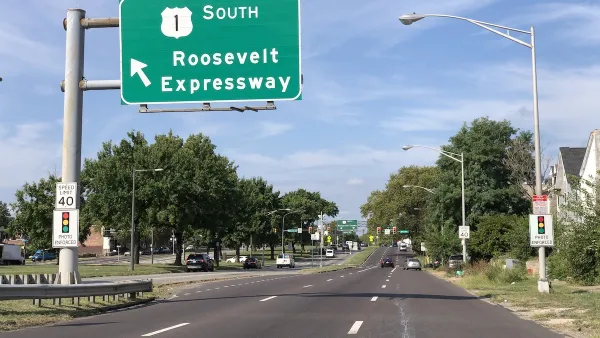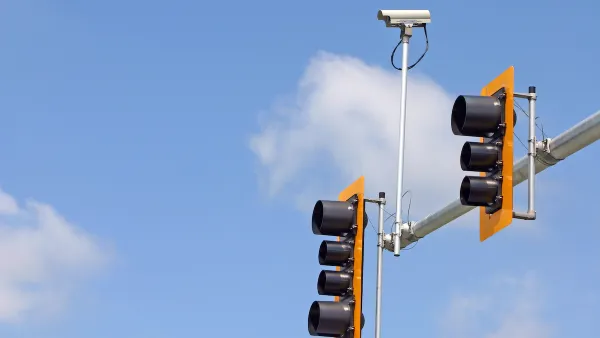Some states and cities are citing personal liberty and constitutional rights to oppose automated traffic enforcement and other road safety measures.

With traffic fatalities on the rise in many states, it would seem natural for state leaders to tap into the $15 billion in federal funding available for road safety projects. But 'liberty politics' could hinder efforts to improve traffic safety, writes Matthew Brown, as illustrated by this quote from a Utah resident: "This country was founded on freedom and liberty, this country was not founded for safety or security," said Dalane England, adding that "People are going to die if we drive automobiles."
For example, while the U.S. Department of Transportation recommends automated traffic enforcement, only 16 states have speed camera programs, and six states explicitly prohibit both speed cameras and red light cameras. Utah, for example, banned red-light cameras in the 1990s. "While local leaders, law enforcement and some residents argued at the time that the technology would save lives, opponents won the day by framing the issue around personal liberty." More recently, Florida governor Ron DeSantis expressed a similar sentiment about proposed speed cameras in his state.
"Those arguments may surface again as states and localities decide how they want to use their share of funding set aside for road safety measures," writes Brown. "Federal guidance also requires at least 15% of a state’s highway safety improvement program funding targets pedestrians, bicyclists and other nonmotorized road users if those groups make up 15% or more of the state’s crash fatalities."
FULL STORY: How personal liberty politics could prevent states from addressing traffic fatalities

National Parks Layoffs Will Cause Communities to Lose Billions
Thousands of essential park workers were laid off this week, just before the busy spring break season.

Retro-silient?: America’s First “Eco-burb,” The Woodlands Turns 50
A master-planned community north of Houston offers lessons on green infrastructure and resilient design, but falls short of its founder’s lofty affordability and walkability goals.

Delivering for America Plan Will Downgrade Mail Service in at Least 49.5 Percent of Zip Codes
Republican and Democrat lawmakers criticize the plan for its disproportionate negative impact on rural communities.

Test News Post 1
This is a summary

Test News Headline 46
Test for the image on the front page.

Balancing Bombs and Butterflies: How the National Guard Protects a Rare Species
The National Guard at Fort Indiantown Gap uses GIS technology and land management strategies to balance military training with conservation efforts, ensuring the survival of the rare eastern regal fritillary butterfly.
Urban Design for Planners 1: Software Tools
This six-course series explores essential urban design concepts using open source software and equips planners with the tools they need to participate fully in the urban design process.
Planning for Universal Design
Learn the tools for implementing Universal Design in planning regulations.
EMC Planning Group, Inc.
Planetizen
Planetizen
Mpact (formerly Rail~Volution)
Great Falls Development Authority, Inc.
HUDs Office of Policy Development and Research
NYU Wagner Graduate School of Public Service





























